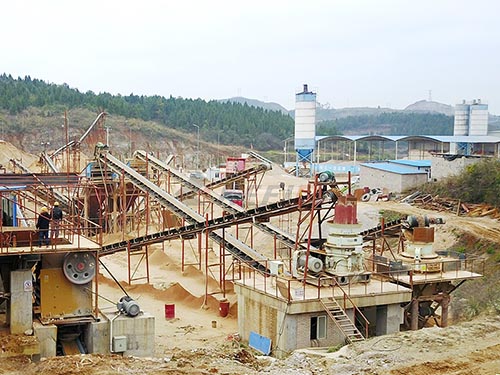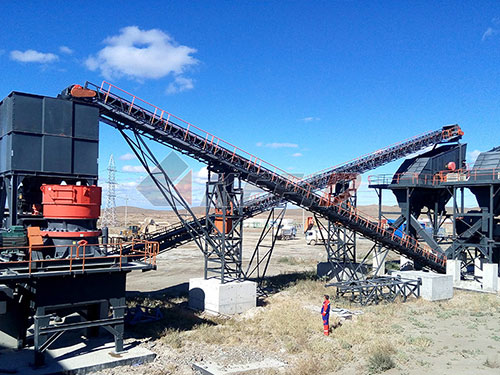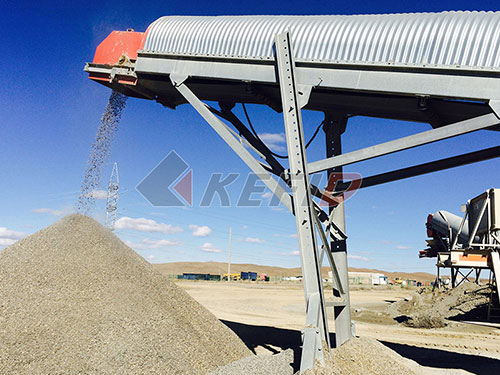The Price Puzzle: Unlocking Value in Angola’s Crushed Rock Washing Plant Market
Angola stands at a pivotal juncture. Decades after the cessation of its protracted civil conflict, the nation is vigorously pursuing an ambitious agenda of national reconstruction and economic diversification. Central to this vision is a massive infrastructure push – roads, bridges, ports, dams, housing projects, and urban renewal schemes are transforming the landscape from Luanda to Lubango. This unprecedented building boom fuels an insatiable demand for construction aggregates, particularly high-quality crushed rock. However, the raw product extracted from quarries often contains deleterious fines, clay, silt, and organic contaminants that severely compromise its suitability for critical applications like concrete production and road base layers. Herein lies the indispensable role of crushed rock washing plants. These sophisticated systems are not mere luxuries; they are fundamental tools for ensuring material quality, meeting stringent engineering specifications, optimizing concrete mix designs (reducing cement costs), and ultimately guaranteeing the longevity and safety of Angola’s infrastructure investments.
Yet, for contractors, quarry operators, and project developers navigating this dynamic market, one question looms large: What is the price of a crushed rock washing plant in Angola? The answer is far from straightforward. Unlike buying a standardized commodity, acquiring a washing plant involves navigating a complex web of technical specifications, logistical hurdles, local market dynamics, and strategic sourcing decisions. This article delves deep into these factors to provide a comprehensive understanding of the true cost landscape.

Understanding the Core Technology: What Are You Paying For?
A crushed rock washing plant is an integrated system designed to liberate and remove unwanted contaminants from aggregate particles through agitation and water-based separation processes. components typically include:
1. Feed System: Conveyors (often robustly built for abrasive material) feeding material into the washing unit.
2. Pre-Screening Unit (Optional but Recommended): A vibrating screen removing oversized material before it enters the washer to prevent damage or blockages.

3. Washing Unit: The heart of the system. Common types include:
Log Washers: Employ counter-rotating shafts with paddles in a trough-like structure. Excellent for heavily contaminated materials with high clay content due to intense scrubbing action.
Screw Washers/Classifiers: Utilize a rotating screw within an inclined trough. Water carries away fines over a weir while washed aggregate is conveyed upwards by the screw threads. Good for less sticky materials.
Bucket

Leave a Reply